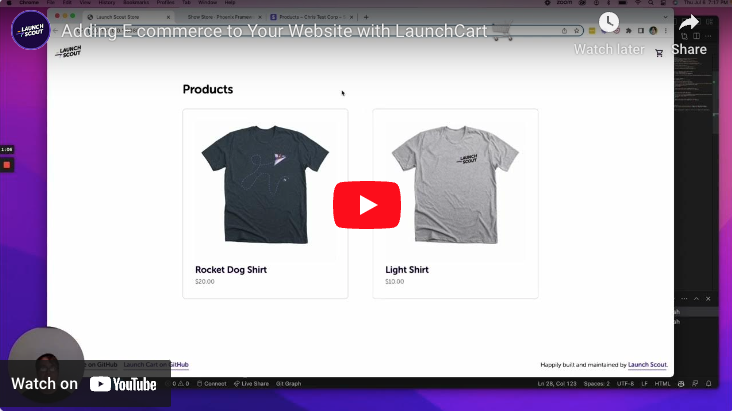
31 August 2020
Sink or swim: the cost of doing nothing
Change is the only constant in business. (Well, in life really!) Take a look at your industry—do things look different today than they did 20 years ago? What about even just five years ago, or one year ago? There’s likely been some advancement that overhauled how you do things. Maybe it’s been technological, maybe it hasn’t, but there are inevitably changes that have forced your business to change shape.
That’s the key, though. Your business has had to change shape in order to endure those changes, or better yet—to invoke those changes. You may be struggling to make a decision to change shape now. Maybe you’re unsure whether you’ll actually see a return on an investment, or maybe you’re unsure this new idea is worth pursuing. Whatever it is, know that simply maintaining the status quo isn’t going to suffice. Here are a few things to consider :
1. Falling behind the competition
It’s easy to become comfortable with being comfortable. If things are going well for you and your business, then why change it? Because your competition is always looking for ways to get ahead. In 2000, Netflix approached Blockbuster proposing a $50M partnership leveraging the strengths of the 2 companies. Blockbuster chose comfort. I don’t know about you, but in 2000 I never thought I’d see the day that Blockbuster would become virtually irrelevant. They were at the top of their industry and took that for granted.
2. The price you pay for inefficiency
This one is specific to outdated technology. How much time and resources does it cost to maintain your legacy systems? What happens if the only employees who know how to use the system leave the company? What’s your exposure to security threats or system failure? Let’s face it, most software does not age well. Clinging to your system’s last breath may be causing more harm than good by way of security vulnerabilities or maintenance costs.
3. Speed to market matters
We mentioned it above, and will mention it again—your competition is always looking for ways to get ahead. They’re trying to find their own cutting edge differentiators before you find yours. Sometimes those things overlap, and whoever gets to market first gets to lead the pack while the rest of the competition follows suit.
4. Customer experience counts
Brand consistency and a great user experience create loyal customers. It’s not enough to simply adapt when necessary, you have to do so with a consistent message, and in a way that makes your users’ lives easier. If you change and adapt without consistency or great user experience, you’re only going to cause confusion and frustration and your users will leave. That’s where design comes in.
Surviving or thriving?
Research shows that since 2000, 52% of companies in the Fortune 500 have either gone bankrupt, been acquired, or ceased to exist as a result of digital disruption (Harvard Business Review). We already know that in order to endure an industry change, you can’t anchor down and hope that the wave will pass. You have to adapt, you have to change, you have to ride the wave. But better yet, if you want to thrive in an industry change, you have to anticipate it, you have to break the norm before it is broken for you, you have to be one step ahead. Either way, surviving or thriving, doing nothing is not an option.
Ready to give the green light? Let’s Get Started


